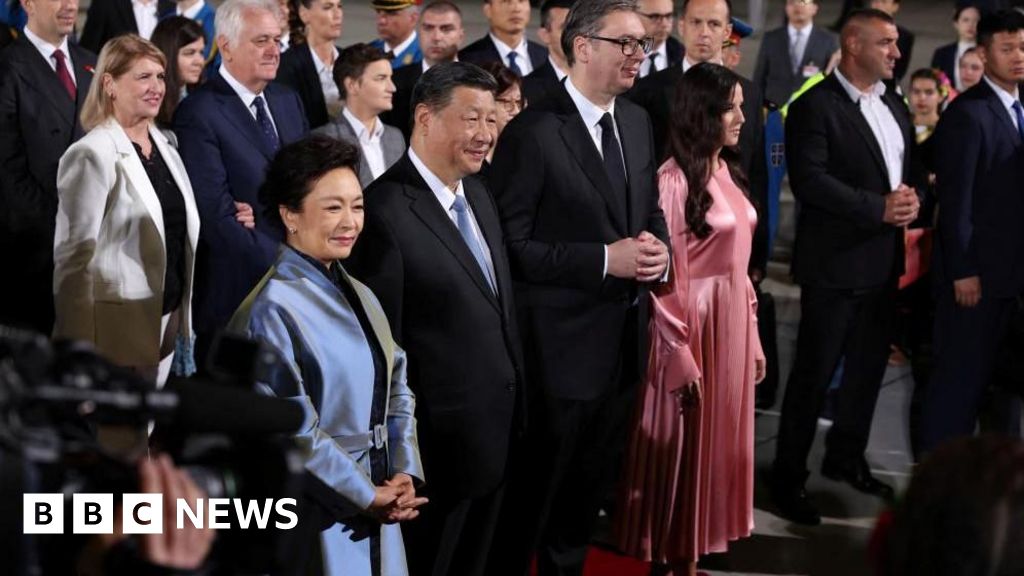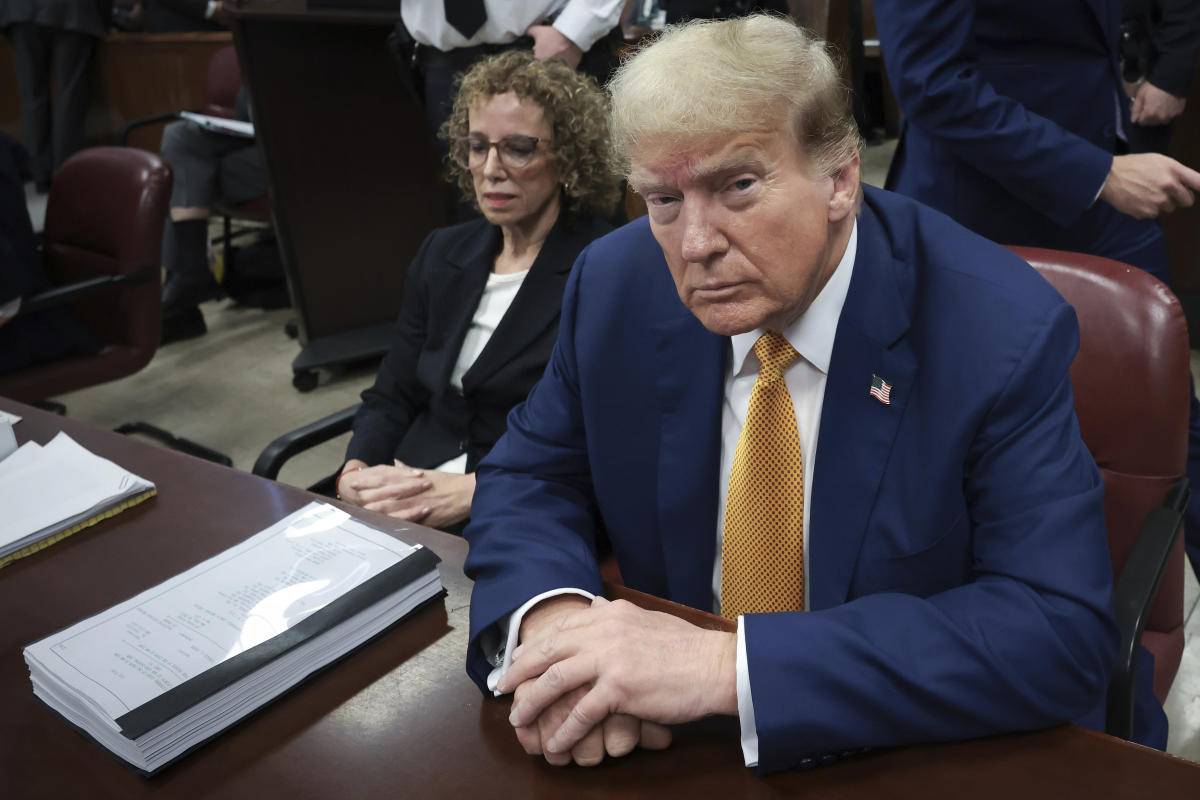, the creator of Netflix’s sweeping Queen Elizabeth II series “The Crown,” is having a royal crisis.
Only a tiny contingent of people sworn to secrecy have seen the show’s sixth and final season, set to premiere in November. But somehow a tabloid — as is always the case with anything related to the royal family — has got hold of a scene in which Prince Charles talks to a vision of after her death. “Diana’s GHOST to appear in The Crown’s final season,” screams a headline on the Daily Mail’s site. The online article quotes from the episode, in which Charles (played by Dominic West) tenderly converses with an imaginary Diana (Elizabeth Debicki) in the cabin of the royal plane as he accompanies her body from Paris to London. Later in the episode Diana also appears to Charles’ mother, Queen Elizabeth (Imelda Staunton).
More from Variety
The next morning, the Mail’s print edition carries the story alongside an essay by a royal historian calling the series “cruel,” “farcical” and “a sick joke” and slamming Morgan for “straying from the truth.” For the record, the princess’s posthumous appearance is not meant to be supernatural. “I never imagined it as Diana’s ‘ghost’ in the traditional sense,” Morgan says. “It was her continuing to live vividly in the minds of those she has left behind. Diana was unique, and I suppose that’s what inspired me to find a unique way of representing her. She deserved special treatment narratively.”
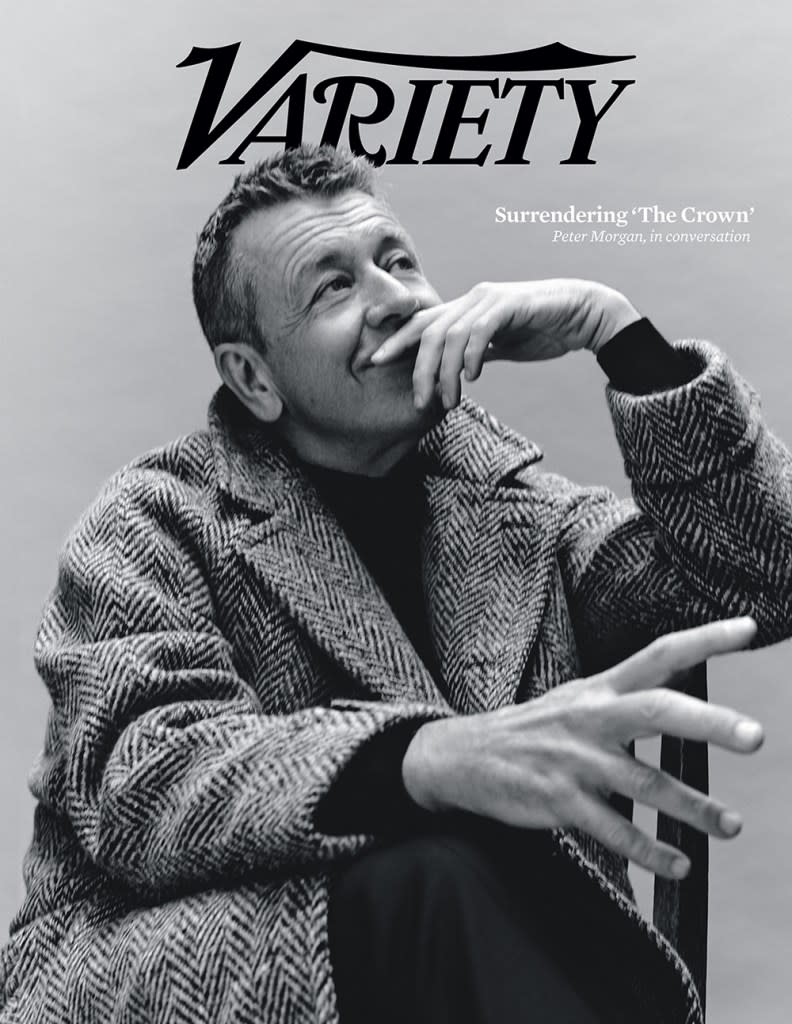

Given the royal brouhaha, it’s no surprise that 30 minutes into our chat in London, Morgan asks if we can quit talking about “The Crown.” He’d rather talk about life, the industry — anything else. When I break it to him that the sheaf of questions in my lap relates almost entirely to the show, Morgan sighs heavily. I ask if he needs a minute. “It’s not that,” he says. “It’s, it’s — I just don’t like talking about it. I don’t think it’s possible to have a sensible conversation about ‘The Crown’ in the United Kingdom.”
Peter Morgan — who is 60 — has bittersweet feelings about surrendering the series that has defined the past decade of his career and made him into one of the most powerful and revered showrunners in entertainment. When it first debuted in 2016, Morgan’s painstakingly crafted drama was billed as the most expensive TV series ever, with producer Left Bank Pictures reportedly spending more than a $100 million on the first season alone. (Netflix declined to confirm the figure.) It was a huge gamble for the streamer that, until then, was relatively new to its own original programming, and better known for acquisitions like “Grey’s Anatomy” and “Breaking Bad.”
On the face of it, a 60-hour biopic about a British octogenarian — from a playwright specializing in historical dramas, no less — was not an obvious horse on which to bet. And Morgan’s idea was counterintuitive to TV: Since “The Crown” spanned six decades, he’d need to change the cast every few seasons as the characters aged up. But the gamble paid off, winning Netflix its first Emmy for outstanding drama series in 2021 and solidifying its hold on original programming. “The Crown” proved Netflix could be as highbrow as the BBC and as ambitious as HBO. At the glitzy Season 5 premiere in London last November, Netflix boss Ted Sarandos lovingly described the show as the streamer’s “crown jewel — pun intended.”
Breaking from tradition, the last season of “The Crown,” which covers the period between 1997 and 2005, will be split into two parts: The first half, which drops on Nov. 16, deals mostly with Diana. The second half, which will premiere on Dec. 14, re-focuses on Elizabeth and Charles, including the prince’s wedding to Camilla Parker Bowles (Olivia Williams). And yes, William (played by Rufus Kampa in the first half and Ed McVey in the second) and Harry (Fflyn Edwards and Luther Ford) will have a bigger story arc, as teenagers grappling with their public responsibilities to the royal family and the tragic passing of their mother.
Bela Bajaria, Netflix’s chief content officer, vows that viewers will be blown away by the show’s finale. “Peter did such an amazing job at weaving all of these stories together and really leaving us with such a powerful emotional ending,” Bajaria says. “It really does give you the feeling of honoring the queen’s entire reign.”
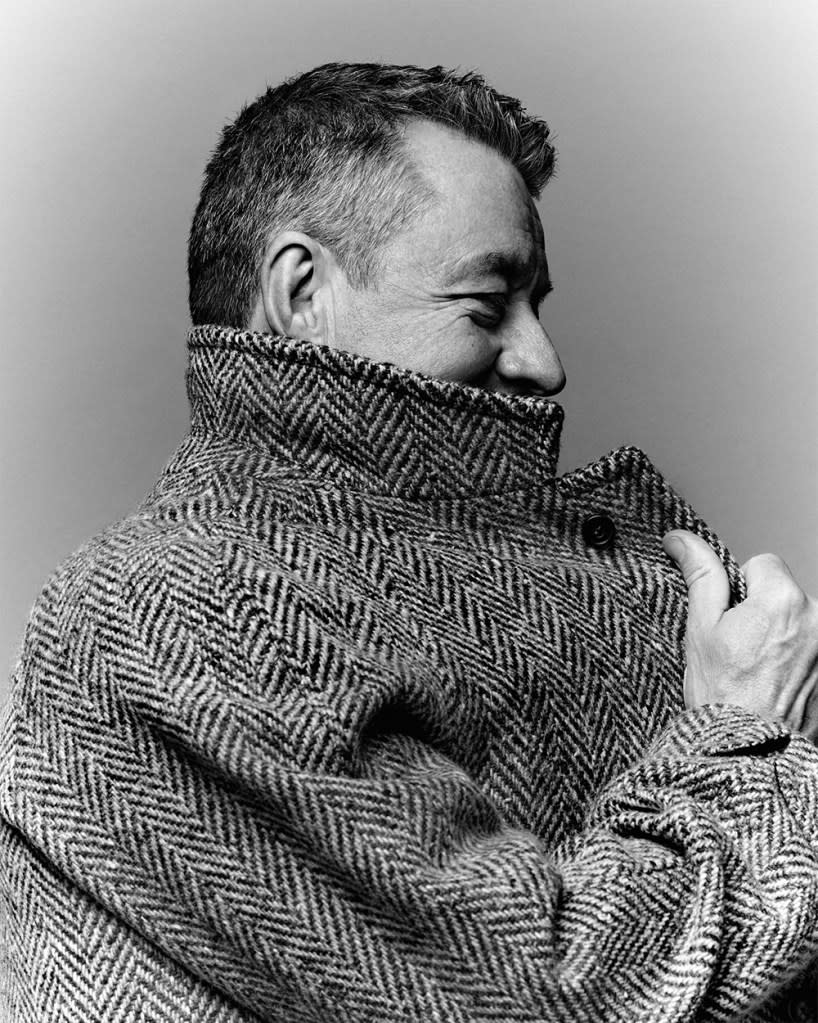

Conspicuously absent from the final season is Prince Andrew, whose friendship with financier and convicted pedophile Jeffrey Epstein developed around the turn of the century. “Haven’t gone anywhere near him,” admits Morgan, who says his focus has always been on the direct line of succession: Elizabeth, Charles, William. “I do little bits of dramatization of Harry but mainly only in relationship to William.”
I ask if Morgan read Harry’s controversial and dishy memoir, “Spare,” while writing Season 6. “I’ve not read a word of it. Not that I wouldn’t be interested,” he says. “But I didn’t want his voice to inhabit my thinking too much. I’ve got a lot of sympathy with him, a lot of sympathy. But I didn’t want to read his book.”
Harry, who has a development deal at Netflix, has been surprisingly accepting about the show, even joking that he “fact-checks” the series. When asked about this unexpected fan, Morgan sidesteps the question. “I haven’t heard it from his lips,” he replies. “And I’ve never had the conversation with him about it.” (Sarandos, too, has never discussed the show with Harry. “We keep a wall around this topic when we talk,” he says, “for obvious reasons.”)
“The Crown” is often criticized for what it depicts on-screen, but, as Morgan points out, he doesn’t get nearly enough credit for what it leaves out, which — given that the source material covers four generations — is plenty. “We once wrote down all the things that we hadn’t put in ‘The Crown,’” he says. “Speculation about paternity, affairs, this, that. It’s unbelievable, all we could have written.”
He admits he dreaded writing Princess Diana into the series, and even considered avoiding her entirely. The first half of Season 6 deals with the lead-up to the Paris car crash that killed Diana and her then-boyfriend Dodi Fayed (Khalid Abdalla), in 1997, and there has been endless conjecture over whether or not Morgan will portray the moment of the princess’s death. “Oh, God, we were never going to show the crash,” Morgan says, sounding shocked even at the thought. “Never.”
In the earlier stages of his career as a screenwriter, Morgan didn’t imagine he’d spend decades writing about the British royal family. The London-born son of a German Jew and a Polish Catholic (his dad fled the Nazis, his mom the Soviets), he was 9 when his father died and 12 when his mother packed him off to Downside, a military boarding school near Bath that gave him an intimate look at the land-owning upper classes. The other boys nicknamed him “Fritz” because of his German heritage. “I did feel quite ‘other’ there,” Morgan says.
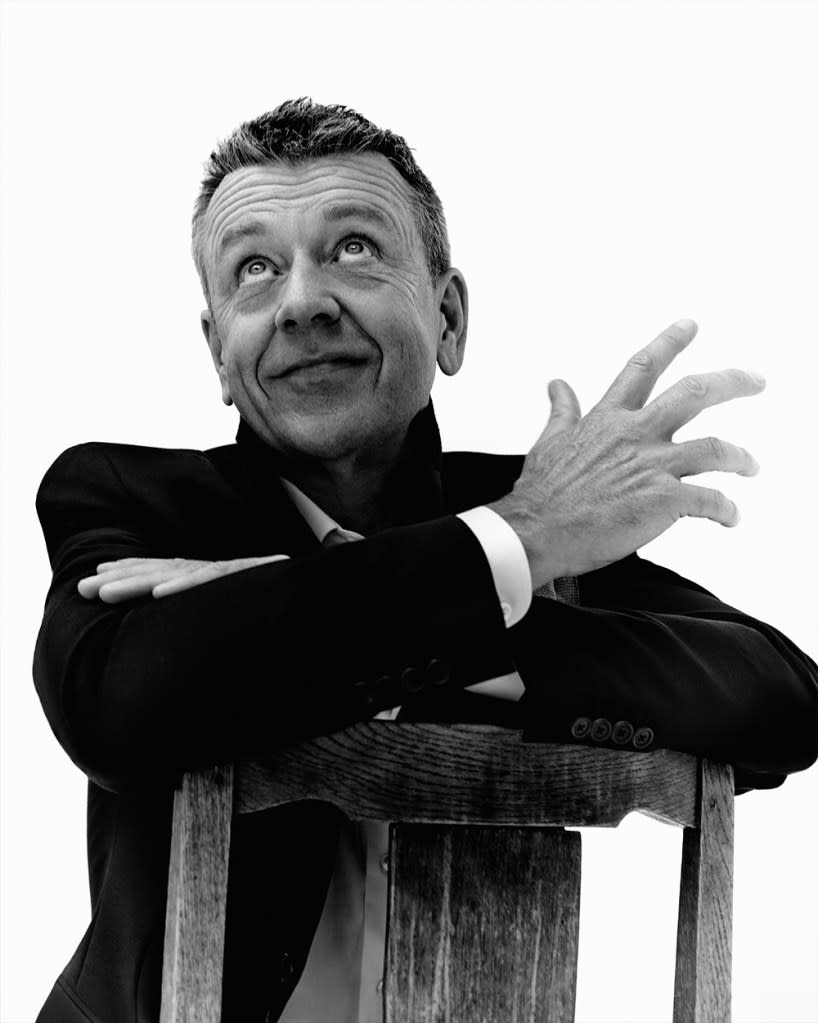

But today, he’s very much a part of the British establishment and widely considered one of the country’s top writers. He’s twice been nominated for an Oscar in screenwriting (for 2006’s “The Queen” and 2008’s “Frost/Nixon”), has amassed a respectable collection of Emmys, Golden Globes and BAFTAs and was even awarded a royal honor for his services to drama in 2016, bestowed on him by then-Prince Charles at Buckingham Palace. In person, Morgan emanates a uniquely British reserve. With his short brown hair and bright blue eyes, he’s something of a Daniel Craig — a comparison that was even more striking when, in black tie, he accompanied his partner, actress Gillian Anderson, to last year’s Season 5 premiere. Occasionally, though, when he makes a characteristically self-deprecating remark, there’s a hint of Matthew Macfadyen’s “Succession” goofiness.
“He’s very funny,” says “The Crown” executive producer Suzanne Mackie. “I have to leave the room sometimes, I’m laughing so much.”
In 2003, when he was 40, Morgan scored his first hit with television’s “The Deal,” in which Michael Sheen plays a young and ambitious Tony Blair scheming his way to the top of the Labour Party. “I think Peter has a kind of genius for knowing what we are intrigued by,” Sheen says.
But it was the follow-up to “The Deal” that set Morgan on a path to “The Crown.” Titled “The Queen,” the sequel dealt with the effect of Diana’s death on the royal family and saw Sheen reprise his role as Blair opposite Helen Mirren as Elizabeth. The film, made for only $15 million, became one of the hot indie pictures of that year, grossing an impressive $123 million worldwide, and winning the best actress Oscar for Mirren.
Morgan has dabbled in more distant historical fiction over the years — including writing 2008’s “The Other Boleyn Girl,” which received mixed reviews as a period soap starring Natalie Portman as Anne Boleyn and Scarlett Johansson as her sister, Mary. He reunited with Mirren in 2013 for the West End play “The Audience,” about the queen’s weekly meetings with the prime minister.
In “The Queen,” Blair’s socialist wife, Cherie, notes each successive Labour prime minister’s obsession with Her Majesty, asking: “Is it a mother thing?” I put the question to Morgan. “Yes,” he says. “In part, it is. My mother was born in exactly the same year as the queen. So there were things that they had in common: a stoicism, a sort of uncomplainingness, a toughness. But no question.”
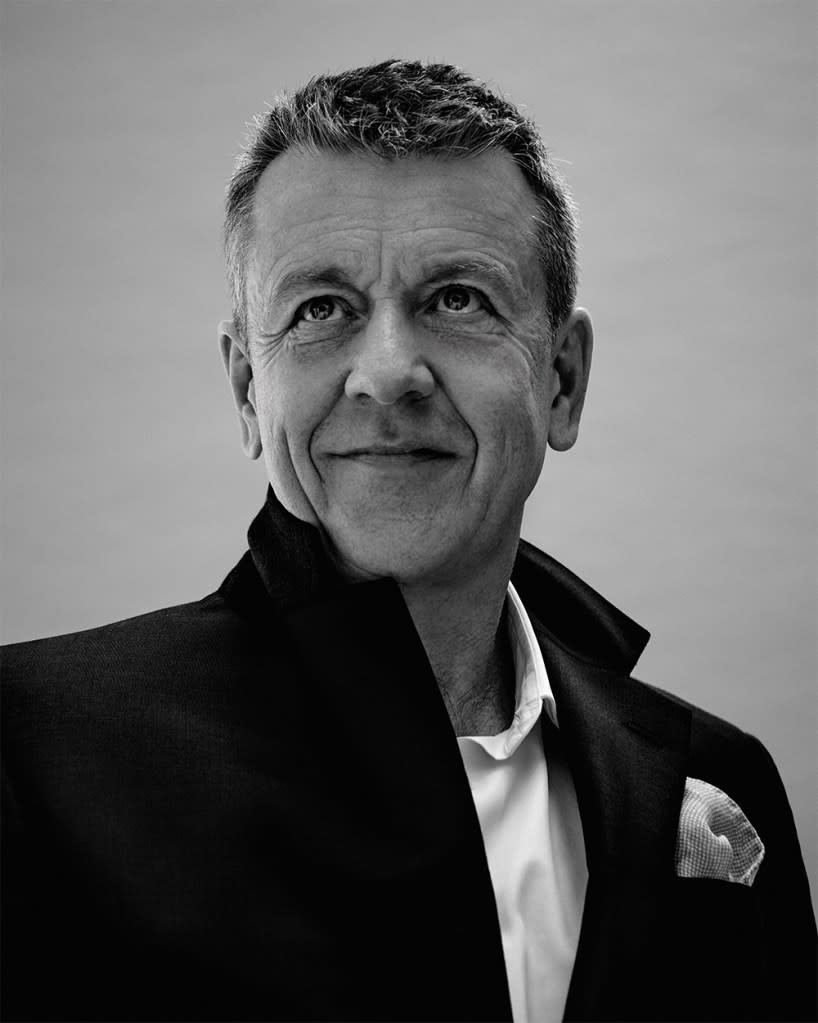

Morgan originally conceived “The Crown” as a feature film about a 25-year-old Elizabeth II newly installed on the throne. He says the logline was, in essence, “She becomes queen, and guess what? Her first prime minister is Winston Churchill. Fuck!” As he developed the idea, Morgan realized he had to include the moment of Elizabeth’s accession. From there, the story kept expanding. By the time he turned up at Netflix’s L.A. offices to pitch the series alongside executive producer and Season 1 director Stephen Daldry, he was asking for a 10-year, multi-season commitment with a rotating cast. “It was a yes in the room, for sure,” Sarandos says about that first meeting. “After ‘The Queen,’ after ‘The Audience,’ the fact that he still wanted to tell this so badly … There was something left to say.”
In Morgan’s recollection, the original pitch also included bringing Mirren back as Elizabeth II, although he warned Netflix she might not agree; she had turned down “The Audience” before later changing her mind. Mirren says she had a “big resistance” to reprising her role as Queen Elizabeth in the play. “It’s dangerous to repeat performances,” she adds. “It becomes the sole thing on your gravestone.”
As a favor to Morgan, though, she agreed to do a read-through of “The Audience” while he was workshopping the script. “At the end of it, I sat back and I looked at Peter Morgan, one of the greatest, most prolific writers in the English language today, and Stephen Daldry, one of the greatest directors, and I thought, ‘Are you a fucking idiot?’ — excuse my language — ‘Of course you’re going to do this.’”
Mirren went on to star in London and New York productions of the show, winning both an Olivier and a Tony for best actress. But when it came to “The Crown,” Mirren felt it was time for someone else to ascend the throne. “It was for the same reasons,” she says. “I walked into rehearsal rooms for ‘The Audience’ thinking I’ve decided that I’m not going to do this. It’s not a good move for me, really, for personal, selfish, stupid, actress-y reasons: I need to keep changing the story.”
Sarandos says he stayed in touch with Mirren about joining the series for a long time, although he could “never tell how much of it was real or how much of it was kidding between us all.” In 2015, he bumped into her at the Ischia Film Festival in Italy, where he took a photograph of himself literally throwing money at Mirren that he sent to Morgan as a joke. “I just said, ‘You know, it’s inevitable that you’re coming back to do this, right?’” Sarandos says. “And we all laughed about it.” But Mirren held firm, and Morgan coronated Staunton instead.
It was Morgan’s idea, too, for Anderson to play Margaret Thatcher in Season 4. “I knew that she could do it,” he says. “And she very quickly said, ‘Oh, yeah, I can do that.’ We watched a couple of documentaries, and Gillian said, ‘Oh, my God, she’s sensational.’”
Morgan starts to expand on Anderson’s performance, but then suddenly giggles. “You’ve got to be careful when you say, ‘Gillian’s got a lot of similarities with Margaret Thatcher,’” he says. “What I mean is the energy, the strength and the determination — I knew she could do it. And I thought she was fantastic.”
Although “The Crown” is a warts-and-all depiction of the royal family, there’s one place the show hasn’t gone — under the covers. Morgan intentionally adopted a careful approach to nudity. When I say, “There are no sex scenes in the show,” he replies, “Good! Next question.” The steamiest it gets is a blow-job joke in Season 1, when Matt Smith’s Prince Philip tells Claire Foy’s Elizabeth to “get on her knees.”
“But that’s funny!” Morgan argues. “That’s not a sex scene.”
In Season 5, though, during the “Tampongate” episode, viewers did get a glimpse of some pillow talk between Charles and Camilla that, in the real world, was secretly recorded and then published in a tabloid. In the episode, the king says he wants to live inside Camilla’s pants. When she suggests he could be reincarnated as a pair of her panties, Charles replies that, with his luck, he’d probably come back as a tampon. Morgan doesn’t feel guilty dredging up the story for the show.
“My story was the story of privacy being shattered,” Morgan says. “My story was not the story of exploitation. You look at those two, you listen to what they’re saying, and you think, ‘Oh, my gosh. How sweet that people of that age … .’ Somehow, it’s only the sexual declarations of people in their early 20s that we find palatable. When people in their 50s express sexual love for one another, we all think it should be hidden away.” But, to Morgan, that episode subverted those norms.”
While the series has weathered criticism over accuracy, its resident historian, Annie Sulzberger (sister of The New York Times chairman A.G. Sulzberger), says critics miss the point: “This is a drama, and dramatists have to look at history differently.” Sometimes, she explains, it’s necessary to compress time or change narrative details for clarity or to protect a source’s anonymity. “These are not inaccuracies,” says Sulzberger, who leads a team of five researchers. “They were decisions to deviate from history.”
Ron Howard’s “Frost/Nixon,” the film adaptation of Morgan’s play about broadcaster David Frost’s 1977 interviews with the former president, endured similar censure over a fictional scene in which a drunken Nixon telephones Frost the night before their final interview. Howard says Morgan’s objective is always to balance fact and fiction. “He feels a tremendous obligation to reveal as many truths as he can,” Howard says. “He also feels we have an obligation to the audience to be engrossing, to be entertaining, to be revealing. And sometimes that entails creating moments he knows never occurred exactly that way.”
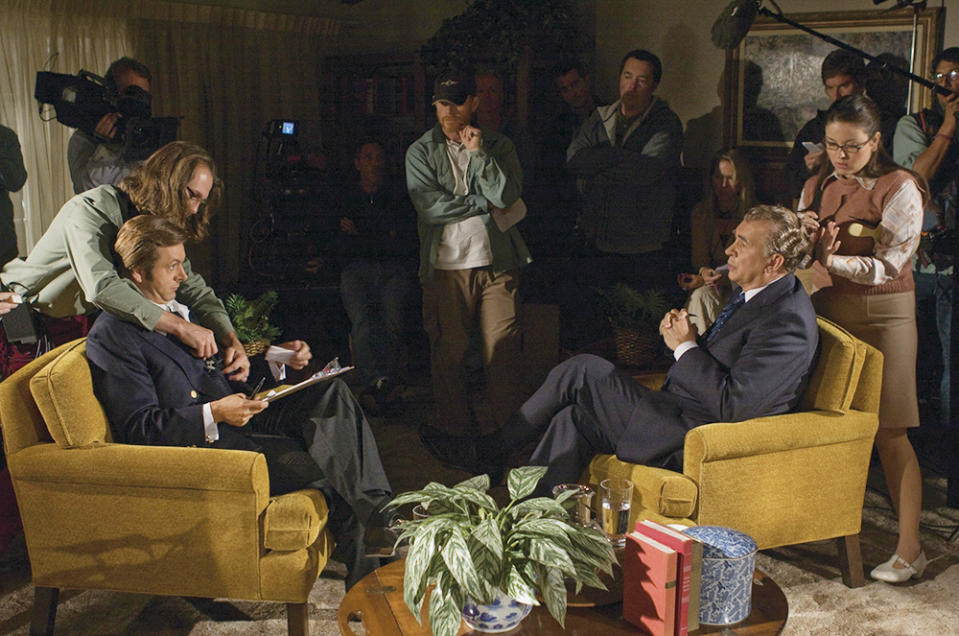

The debate around accuracy upsets Morgan. “Never in any area of my work has that come up as much as in ‘The Crown,’” he says.
Morgan suspects that the intensity of feeling around the show stems from our feelings about the royals themselves, who exist as a “shadow family in everybody’s subconscious.” Queen Elizabeth was the most famous woman in the world, he points out, and many of us know more about William and Catherine than about our own relatives. “Everyone in Britain,” he says, “whether they acknowledge it or not, has that level of sensitivity and attachment to this family, which is why it is an absolute minefield for dramatists to explore. And yet dramatists are born to write about kings and queens. That’s what we do.”
The problem for Morgan is that, thanks to its success, “The Crown” has become as much of a tabloid target as the real royals. Gossip from the show’s set can generate a weeklong news cycle. The lead-up to last season, which portrayed Charles’ affair with Camilla and the breakdown of his marriage to Diana, was the most fraught to date. Because it was premiering just months after Charles’ accession to the throne, there seemed to be genuine fear that Season 5 could destabilize the new king’s nascent reign. “It was tough,” admits Mackie. “There was a lot of speculation before we’d even launched, before anyone had even seen anything. It can be crushing, to be honest.”
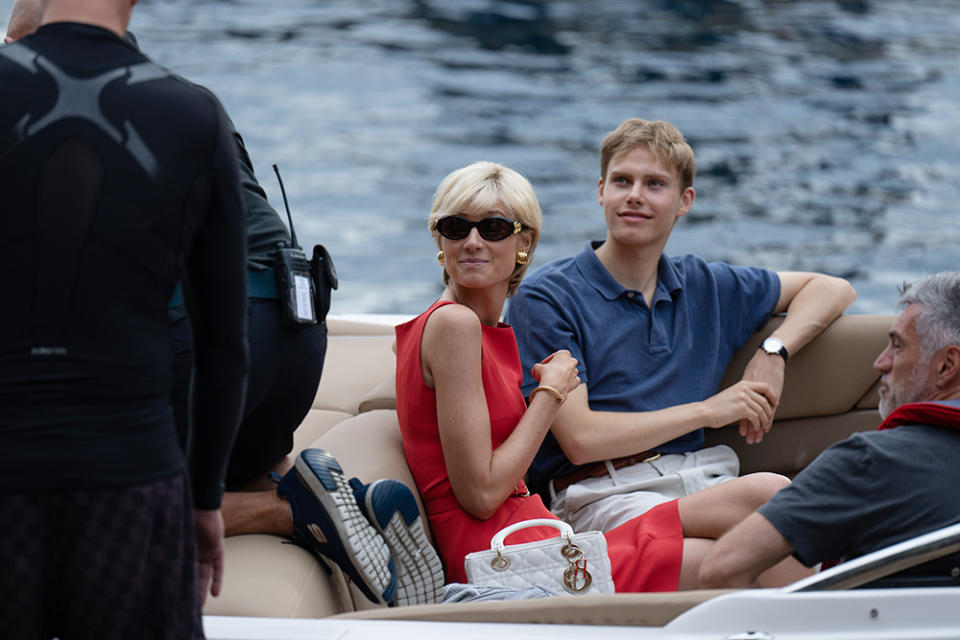

A bevy of public figures disparaged the show, including former Prime Minister John Major, who called it “nonsense,” and Judi Dench, who accused it of “crude sensationalism” in a letter to The Times. The furor was so great that Netflix slapped a “fictional dramatization” disclaimer on the trailer.
Morgan’s frustration is palpable. “All the criticism about ‘The Crown’s’ attitude to the royals comes in anticipation of the show coming out,” he says. “The minute it’s out and people look at it — whether it’s Judi Dench or John Major — they instantly fall silent. And I think they probably feel rather stupid.”
Morgan had mostly finished writing the sixth season when Queen Elizabeth died, but her death necessitated that he change the show’s ending. “We’d all been through the experience of the funeral,” he says. “So because of how deeply everybody will have felt that, I had to try and find a way in which the final episode dealt with the character’s death, even though she hadn’t died yet.”
Sarandos says when they began developing the series, there was discussion about concluding it with the queen’s death, but then she effectively outlived the show. Morgan feels 2005 is the right place to stop. “It was the cutoff to keep it historical, not journalistic,” he says. His rule of thumb is to leave a 10-year gap between past and present, but he doubled that for “The Crown.” “I think by stopping almost 20 years before the present day, it’s dignified.”
Part of what makes “The Crown” unique — and gives it its dramatic heft — is it’s one of the few fictionalized portrayals of the modern royals that doesn’t satirize them. “The British are so comfortable with satire,” Morgan says. “And I suddenly thought, ‘Could I dare to take them seriously as complex, emotional human beings, not just attack them for their offices or institutions?’”
It’s somewhat ironic, therefore, that the Mail, in its piece about Diana’s “ghost,” calls Morgan a “committed republican” — that is, an anti-monarchist. When asked if Morgan is a republican or a monarchist, he takes a long time to answer, starting and then stopping before eventually reaching a conclusion. “I probably am a monarchist, but out of appreciation for what they do when they do it well,” he says. “I think if we’re all adults, we would say that the system makes no sense and is unjust in the modern democracy.”
“But I’m not sure Britain would be Britain without a monarchy,” Morgan adds. “And in our agony of not being able to work out what we really think of them, we end up buying endless newspapers that treat them in the way that they do, none of which is helpful.”
Morgan won’t say whether he thinks his series has changed the royal family’s legacy, but Sarandos believes it has. “I think it humanized them,” he says. “These folks who are by design not relatable, he made them relatable.”
For Morgan, the show has been an “extraordinary challenge,” akin to making 60 midrange films in 10 years. And now he believes the era of cinematic television is over. “These shows are unicorns,” he says. “I think we should cherish the memory of them, because this is a rare and dying thing.”
Still, would he consider a prequel? “I do have an idea,” Morgan says, a dreamy look coming into his eyes. “But first, I need to do some other things. Second, it would need a unique set of circumstances to come together.” Does it predate Elizabeth II? “Yes. If I were to go back into ‘The Crown,’ it would definitely be to go back in time.” (Sarandos says, “I have absolute faith in Peter. And if he believes there are stories to be told there, we definitely would explore it.”)
Morgan sounds a little like a monarch about to give up his throne as he considers a future without the royal family. “I often think, ‘Will I miss “The Crown”?’” he says. “And there are many things that I won’t miss. But one of the things I will miss is writing about a multigenerational family saga, because it’s just the best stuff to write about.” He offers a line that could have been uttered by Queen Elizabeth herself. “We are all the victims of our own families, and the survivors.”
Styling: Victoria Young; Grooming: Petra Sellge/ The Wall Group; Look 1 (cover, Herringbone coat): Coat: Anderson Sheppard; Sweater and pants: Prada; Look 2 (Dark Blazer with pocket square): Jacket: Prada; Shirt: Edward Sexton; Pocket square: Anderson Sheppard
Best of Variety
Sign up for Variety’s Newsletter. For the latest news, follow us on Facebook, Twitter, and Instagram.
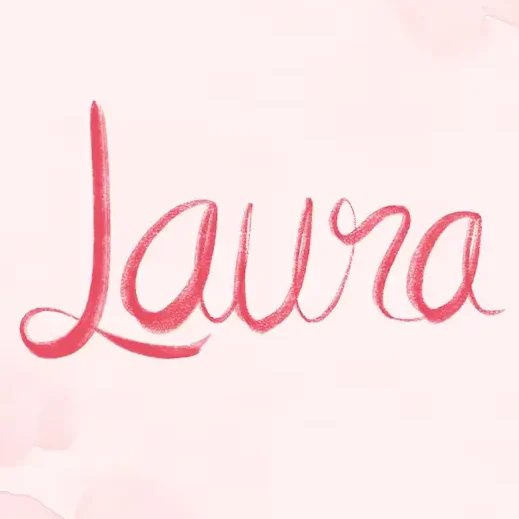
Laura Davis is an entertainment aficionado who delves into the glitz and glamour of the entertainment industry. From Hollywood to Broadway, she offers readers an insider’s perspective on the world of movies, music, and pop culture.





